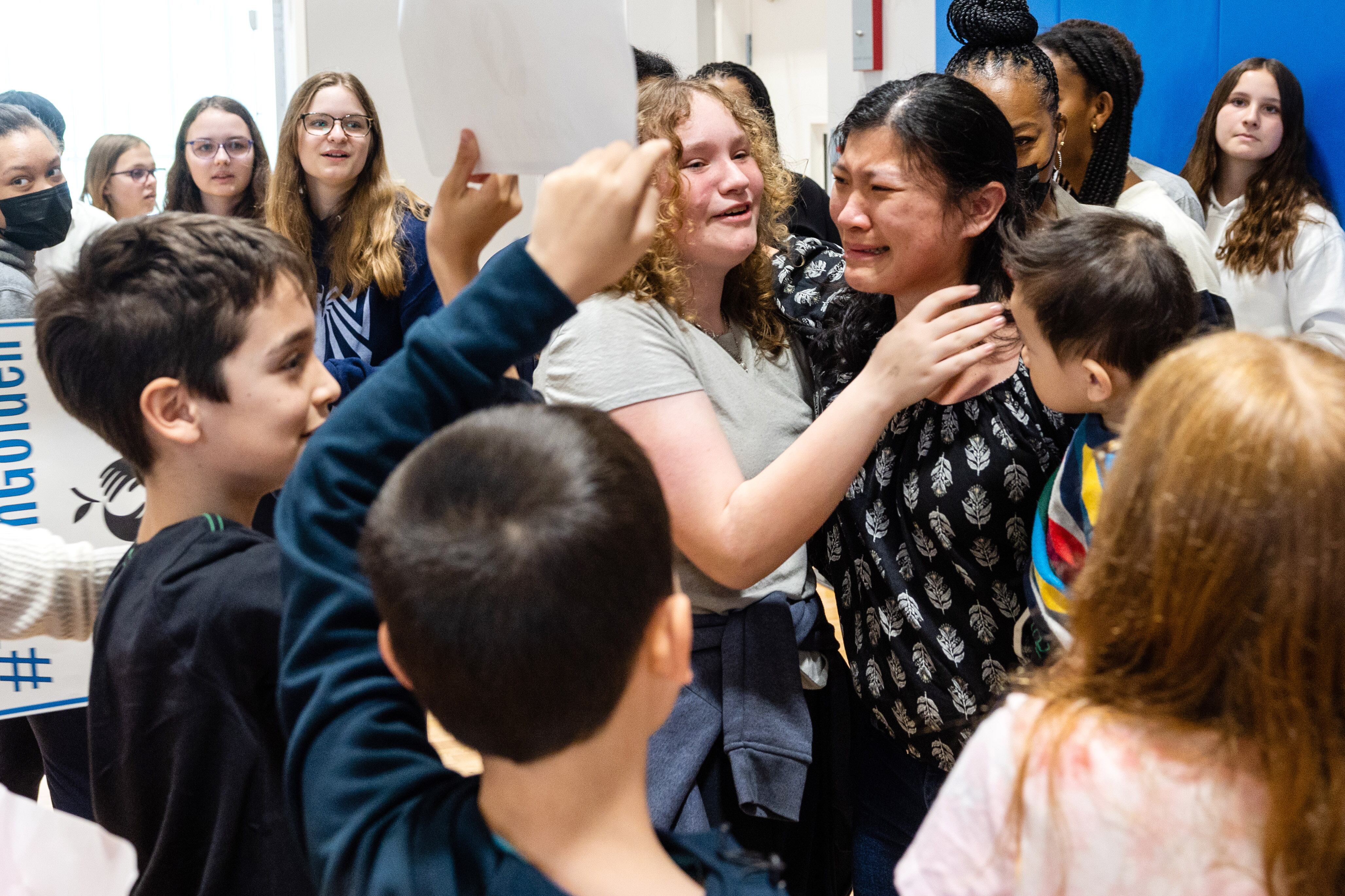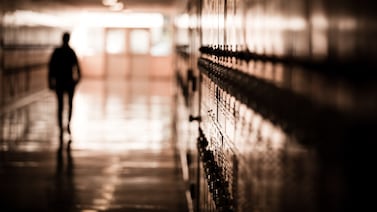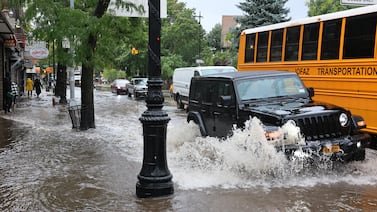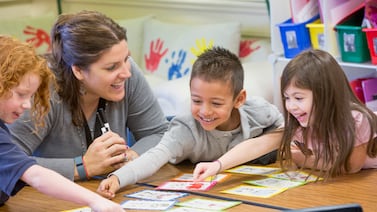COVID-19 is no longer officially a national emergency, but there is little doubt the pandemic left a permanent mark on schools. From a more prominent role for classroom technology to wider disparities by race and income, COVID’s impact will continue to be felt in the coming years as schools continue to grapple with its academic and social-emotional fallout.
For Anquineice Brown, a fifth grade teacher at Chicago’s Marquette School of Excellence, the pandemic ushered in classroom yoga and meditation — part of a greater appreciation for the importance of tending to students’ mental well-being. For Rachel Werderits, a sixth teacher at Saint Andrew School, the COVID era brought a new grasp of classroom technology’s power and pitfalls.
Helen Chan, who teaches at Chicago’s South Loop Elementary, found greater empathy for her students and stronger bonds with their families. And Scott Saffer, a science teacher at Piper City’s Tri-Point Junior High School, became more flexible in planning his lessons — and conducted a science experiment with a student traveling in Florida.
These four Illinois educators are coming out of the pandemic’s upheaval at the top of their game.
Along with six other colleagues who teach grades four through eight across the state, they just received the coveted Golden Apple Award for Excellence in Teaching. The ten winners were chosen from among more than 570 nominations. They will receive a $5,000 cash prize and a spring sabbatical provided by Northwestern University.
Chalkbeat spoke with four of the winning educators about how the past three years reshaped their work, what lessons schools drew from the pandemic — and what changes they hoped it would bring that have proved elusive.
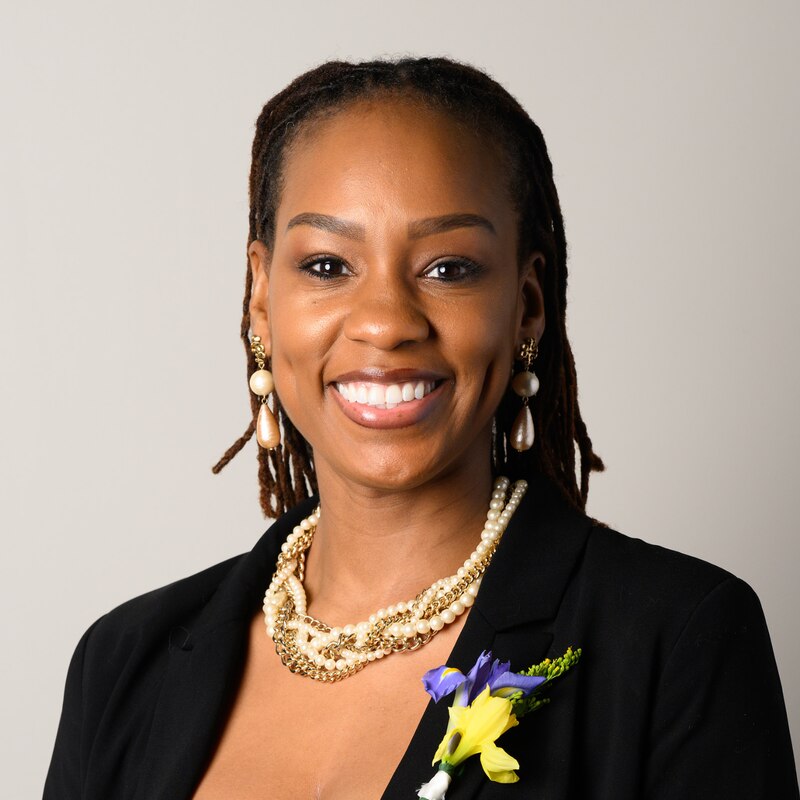
Anquineice Brown, fifth grade teacher, Marquette School of Excellence in Chicago
How did the pandemic permanently change your work as an educator?
Post-pandemic teaching has created opportunities for my classroom community to explore the world of mental health. Students are beginning to understand how complex the mind is and how what they listen to, watch, and consume plays a role in their mental, physical, and emotional health. I implemented yoga and meditation in my class as a means of stress relief and management. By modeling for students when Mrs. Brown reaches a point of needing a break, students begin to understand the importance of brain breaks, meditation, and stressors that may lead them to hit the pause button for a moment. In cases where student mental health requires more support than a brief meditation, I support them in their efforts to connect with qualified professionals.
Did COVID’s upheaval bring about any positive changes to how you, your school, or your school district serves students and families?
Absolutely. Remote learning alone, whether teaching or learning, showed us just how much patience and grace we should be extending to one another. Personally, being able to connect so intimately with families reminded me daily why we do this work. Now, I am even more intentional about sharing information with families and ensuring they are informed and connected to what takes place in our classroom and school building. Seeing a higher number of families back inside our building during conferences and school wide events is a positive sign that we’re all in this together.
Does technology play a larger role in your classroom or school? If yes, how?
Technology is a crucial tool to ensure that our students can access programs that support their academic growth and personal development. Our district uses the Google Suite so students are able to regularly practice digital citizenship and professionalism, especially when sending emails. Across our school, students use Chromebooks and iPads daily. Even in third grade, we have learned to leverage the use of Docs, Slides, Forms, and Classroom to help facilitate teacher-student, as well as peer-to-peer engagement.
Were there changes you were hoping the pandemic might trigger that did not come to be?
I won’t say they didn’t come to be. Instead, I believe there is space to rewrite policies and procedures that are old and support an antiquated way of being. While we know the best way for most students to learn is in-person, the world was reminded that the role of educators is much more complex than simply teaching skill-based content inside a classroom. There is progress being made, but not at the pace in which our current education systems need.

Rachel Werderits, sixth grade religion, language arts, math & science teacher, Saint Andrew School, Chicago
How did the pandemic permanently change your work as an educator?
Before the pandemic, I had no idea what a Zoom meeting was. In cases of inclement weather, the school would call a snow day. When the pandemic hit, this all changed. Teachers had to learn how to teach from their homes using new platforms, video calls, and features of virtual classrooms. My school reopened in August of 2020 while other school districts continued to teach entirely remotely. Although we were conducting in-person learning, there were still students whose families chose to continue having them learn from home. That meant the teachers had to learn how to simultaneously teach in-person and virtually and provide the same learning opportunities for all students in the class. We had to find creative ways to include students in a classroom environment even when they weren’t physically present. When all schools returned to in-person learning, we had to reestablish good learner behaviors in the classroom and combat much shorter attention spans the students seemed to have.
Did COVID’s upheaval bring about any positive changes to how you, your school, or your school district serves students and families?
Students and teachers have become more savvy with technology and communication methods. If students forget a textbook at school and have to study for a test the following day, they know how to access the text virtually to be prepared for the assessment. Another positive change that has come from the pandemic is heightened awareness about germs and ways to stay healthy. We saw reductions in the spread of communicable illnesses in schools because everyone was practicing better health and safety measures. It’s also much easier to communicate progress with parents and students. Parents don’t have to leave work for parent-teacher conferences because teachers can easily set up short virtual calls to discuss student growth and make plans for improvements.
Does technology play a larger role in your classroom or school? If yes, how?
Technology does play a large role in the classroom because nearly all of the student curriculum is available online, many student assignments are completed in digital form, and students are very savvy with technology so using it in the classroom is second nature to them. This gives opportunities for students to creatively demonstrate understanding and application of content knowledge. However, one fear I have about excessive use of technology is that it contributes to diminished empathy and patience in the students. Because information is instantly available at their fingertips, students become less patient in situations where it doesn’t work immediately. That is why it is so important for teachers to limit technology use in the classroom and be sure when it is used, it is purposeful.
Were there changes you were hoping the pandemic might trigger that did not come to be?
I hoped that after the pandemic, and after being forced to shelter in place and only see friends and teachers on screens, students would have more gratitude for school in general. I hoped that the pandemic would reduce some of the feelings of apathy students have toward school. We are so lucky to live in a place where education is free and accessible to all children, and I wished that students had heightened appreciation for that after the pandemic.

Scott Saffer, middle school science teacher, Tri-Point Junior High School in Piper City
How did the pandemic permanently change your work as an educator?
I think we all ended up with new “bags of tricks” for teaching: new skills in technology, improved awareness of students’ mental health and social-emotional needs, and enhanced ability to innovate. Planning has become more fluid. I never missed much school, but after getting COVID twice last year and missing two weeks each time, I have had to change plans more often. Kids are absent more often, and we have to figure out how to keep them on track. My plans for next year will allow for a couple of weeks for absences.
I’m also much more appreciative of seeing our kids in our classrooms, getting to interact with them in person, and getting them involved in learning.
Did COVID’s upheaval bring about any positive changes to how you, your school or your school district serves students and families?
Our emergency planning ability has greatly improved, and our ability to go remote has made us err on the side of caution when taking remote days instead of risking travel in inclement weather. We do quietly mourn the end of snow days: An unexpected mid-winter day off was always a thrill. Remote learning has largely ended that, but the trade-off of ending the school year on time is definitely appreciated by everyone in late May.
Does technology play a larger role in your classroom or school? If yes, how?
Google Classroom has become the standard for doing work, which has made it much easier to read the kids’ writing — even when spell check misses a lot. We’re much better at supporting kids who are absent, and have been able to do more with online meets and presentations. Last week, one of our kids was on vacation in Florida, and she did an experiment on Google Meets with her class back home in Illinois. We measured the sun’s shadow on vertical sticks there and here. We’re using the difference in those measurements to determine the circumference of the earth – just like Eratosthenes did in Greece back in 240 B.C. Being able to do science live across the country is amazing.
Were there changes you were hoping the pandemic might trigger that did not come to be?
The pandemic brought to the forefront issues of healthcare access, accountability, poverty and access to resources, social justice, and race. These are vital and difficult issues we need to confront, and we became a lot more aware of them in the pressure cooker of the pandemic. Some progress was made, and some important discussions began to happen. We still have a long way to go towards addressing those issues.
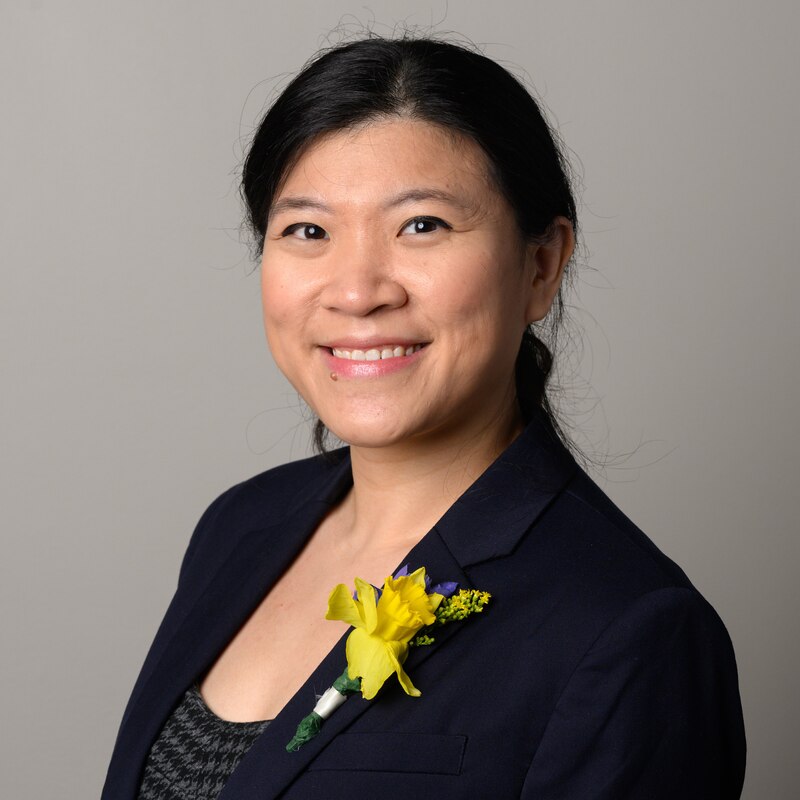
Helen Chan, fourth grade math teacher, South Loop Elementary School in Chicago
How did the pandemic permanently change your work as an educator?
The pandemic has had a great impact on the way teachers engage with their students and their families. The pandemic has created a sense of uncertainty and anxiety that was new to many of us, and I have been increasingly concerned about the mental health and well-being of my students and their families. As an educator, I have become more mindful, empathetic, and patient with my students, making sure that they receive the extra care and attention they need and deserve.
Did COVID’s upheaval bring about any positive changes to how you, your school, or your school district serves students and families?
The use of technology to communicate with students and their grown-ups has become increasingly important and convenient in recent years. Video conferencing is now considered the norm. The ability to video chat with students’ families has enabled us to promptly address any issues and work collaboratively towards ensuring their child’s success. In addition, having the frequent communication tools available helps foster positive relationships with students’ families.
Does technology play a larger role in your classroom or school? If yes, how?
In our school, technology plays a larger role as students utilize their Chromebooks and Google Workspace to collaborate. For instance, in my classroom students tackle problems by analyzing data from Google Sheets, creating cultural presentations using Google Slides, and brainstorming ideas with Google Jamboard. They work together on creating presentations and projects while collaborating on a shared document, which might seem more typical of adult meetings than of fourth grade students.
Mila Koumpilova is Chalkbeat Chicago’s senior reporter covering Chicago Public Schools. Contact Mila at mkoumpilova@chalkbeat.org.


